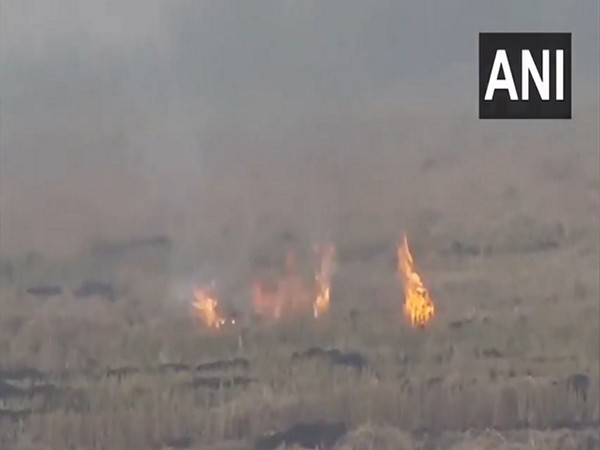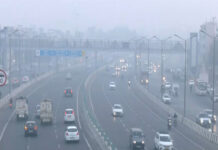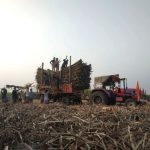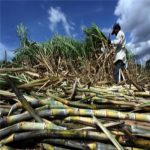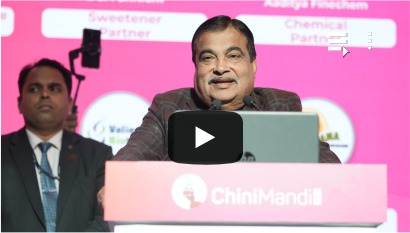Bhopal: Madhya Pradesh has recorded the highest number of wheat residue burning incidents in the country this season, overtaking traditionally high-burning states like Punjab, Haryana, Uttar Pradesh, and Delhi combined, reports The Times of India.
Between April 1 and May 7, the state reported 31,413 cases of stubble burning, according to satellite data from the Consortium for Research on Agroecosystem Monitoring and Modeling from Space (CREAMS), under the Indian Agricultural Research Institute (ICAR).
The scale of stubble burning in Madhya Pradesh is more than alarming—compared to just 2,238 cases in Punjab, 950 in Haryana, 11,408 in Uttar Pradesh, and 33 in Delhi. Data shows that the number of incidents has surged sharply in recent years, with this season seeing the highest spike despite government warnings and preventive measures.
On April 24, Chief Minister Mohan Yadav announced that any farmer caught burning wheat stubble would lose benefits under the Chief Minister Kisan Kalyan Yojana and their produce would not be procured at Minimum Support Price (MSP) the following year. “Madhya Pradesh is an agriculture-driven state. Environmental conservation, soil health, and sustainable land use are top priorities. This decision is being enforced from May 1,” he said.
However, post-announcement satellite data from April 25 to May 7 shows an increase in incidents compared to the same period in previous years, indicating that the directive has had limited immediate impact. District-level data reveals that Vidisha, represented in Parliament by Union Agriculture and Rural Development Minister Shivraj Singh Chouhan, reported the highest number of incidents—4,410—between April 1 and May 7, making it the top district for wheat residue burning in the country.
According to CREAMS, satellite monitoring was conducted using the newly introduced “Standard Protocol for Estimation of Crop Residue Burning Fire Events using Satellite Data.”
Historical data further underscores the growing concern: 25,385 cases were reported in 2022, 17,142 in 2023, 12,345 in 2024, and a record 31,413 this year for the same April–May window.
This increase comes despite earlier efforts to control the issue. On November 20, 2024, Chief Secretary Anurag Jain directed authorities to launch special campaigns and enforce penalties in line with Supreme Court guidelines to curb burning, especially near urban areas. Agriculture Minister Aidal Singh Kansana echoed this on February 21, noting that over 42,500 machines for in-field residue management had been distributed to farmers in recent years, helping reduce the trend.
Yet, field-level enforcement appears insufficient. Recent action in cities like Bhopal and Indore has been taken, but data suggests the measures fall short in addressing the state-wide surge.
The state’s challenge now lies not just in issuing directives, but in ensuring effective implementation, awareness, and alternatives for farmers who continue to burn residue despite the risks and restrictions.

